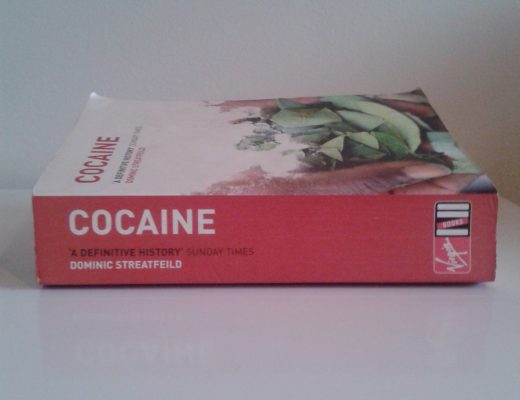The Waitaki Valley aims to make its name as New Zealand’s 11th wine producing region.
Wine growers have been attracted here by its cool climate and outcrops of limestone.
At this early stage in its development, the region has already managed to impress with elegant, finely structured aromatic whites and pinot noir. And, it seems an ideal location to make traditional method sparkling wines in the future.
The Pasquale family was one of the first to take the plunge. Leaving northern Italy for New Zealand in 1997, academic Antonio Pasquale saw the potential of the Waitaki, and its offshoot – the almost unpronounceable Hakataramea Valley. “The cool climactic edge here, along with the limestone soils, is ideal for wines of crispness, concentration and lasting minerality,” predicted Pasquale. “Great wines can be made here.”
But it hasn’t been plain sailing. The climate is marginal, making grape growing a risky pursuit. Spring frosts are common; cool weather and winds can ruin flowering, slashing potential yields. In 2007, some producers didn’t set a berry while Central Otago, just 180km away had a small but high quality crop. In addition, Waitaki’s harvest period is the latest in the country: most regions have finished picking by the end of April but it can be as late as mid-May here. While that’s a big risk for growers, it also means that the wines can have incredible aromatics, firm acidity and moderate alcohol levels.
American-owned Craggy Range released some impressive crisp whites in 2008 and 2009 but soon called it a day in the Valley. It simply didn’t make economic sense to produce wine in the region.
And that’s one of the major reasons why one of the region’s pioneers, Antonio Pasquale, has also decided to throw in the towel after 14 years.
Pasquale has planted over 100,000 vines in the Valley and, in 2009, built and equipped the area’s first and only winery.
The winery’s aromatic whites were particularly exciting and its Marcel Deiss-esque blend of Riesling, Pinot Gris and Gewurztraminer – Alma Mater – stood out as interesting and unique.
However, it’s not just the challenging climatic conditions that make life difficult for local wine producers to make money.
Kurow Winery’s general manager Renzo Miño says its location (in the village of Kurow a.k.a. Nowheresville) was also a factor. “Small wineries rely on having a good proportion of direct sales, and our location really is the middle of nowhere with limited passing traffic, despite the development of an attractive cellar door and café. The cost of growing and hand-harvesting our low-yielding vines is reflected in the high quality and cost of the wine in bottle. Our pinot noir vines, for example, have only 20 percent of the yield found in Marlborough, and hand-harvesting is dramatically more expensive than using machines. The third factor is the risk, mostly from weather, that can wipe out a harvest every four or five years.”
What happens to the region’s only winery is undecided. It may see the region revert from wine production back to a purely grape-growing area with its wines made elsewhere, admits Pasquale. Alternatively, local growers may take ownership of the winery themselves.
It’s a sad reality that this potentially exciting region may not get to fully realize its potential. Let’s hope those remaining – Ostler, Valli, Forrest and friends stick it out.

